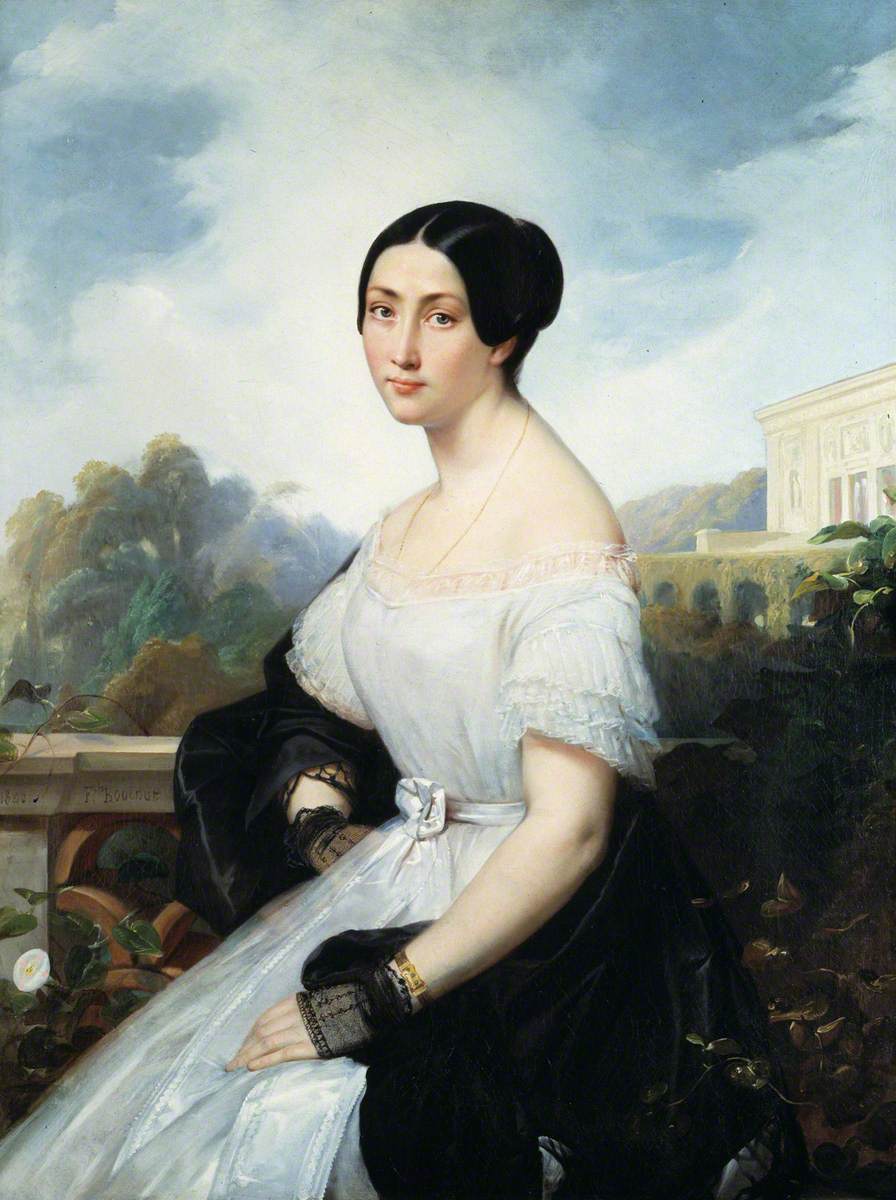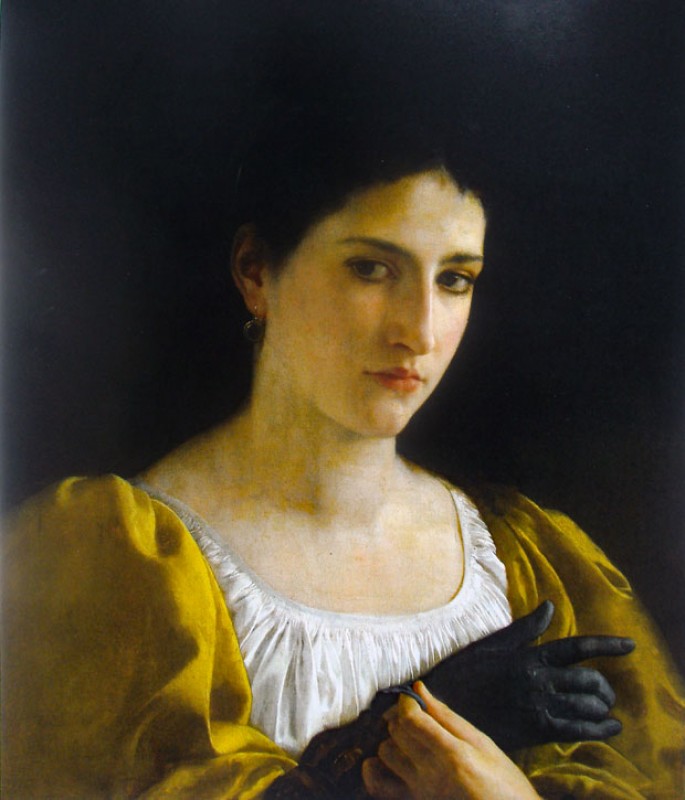How you can use this image
This image can be used for non-commercial research or private study purposes, and other UK exceptions to copyright permitted to users based in the United Kingdom under the Copyright, Designs and Patents Act 1988, as amended and revised. Any other type of use will need to be cleared with the rights holder(s).
Review the copyright credit lines that are located underneath the image, as these indicate who manages the copyright (©) within the artwork, and the photographic rights within the image.
The collection that owns the artwork may have more information on their own website about permitted uses and image licensing options.
Review our guidance pages which explain how you can reuse images, how to credit an image and how to find images in the public domain or with a Creative Commons licence available.
Notes
Add or edit a note on this artwork that only you can see. You can find notes again by going to the ‘Notes’ section of your account.
This painting of the Italian opera singer Giulia Grisi (1811–1869) was exhibited at the Royal Opera House in its retrospective exhibition in 1982. In 1992 it was lent to the bicentenary exhibition in celebration of the birth of Gioachino Rossini in Pesaro, Italy. Grisi is seated on a balcony, wearing a dress of white lace, with a black lace shawl and half-gloves and simple elegant jewellery. The artist seems to have been influenced by Raphael in the painting of her face. Beyond the balustrade is a verdant landscape, with a white classical villa high on the hill to the right. Grisi created roles in many famous bel canto operas. She took part with her partner, the tenor Giovanni Mario, in the opening performance of the opera house at Covent Garden, following the rebuilding in 1858 after the last fire, and in an earlier fundraising concert for the Royal Academy of Music in 1834.
Title
Giulia Grisi (1811–1869)
Date
1840
Medium
oil on canvas
Measurements
H 129 x W 94.5 cm
Accession number
2002.204
Acquisition method
presented by Mr Malcolm Aird, 1917
Work type
Painting
Inscription description
F. Bouchot 1840



